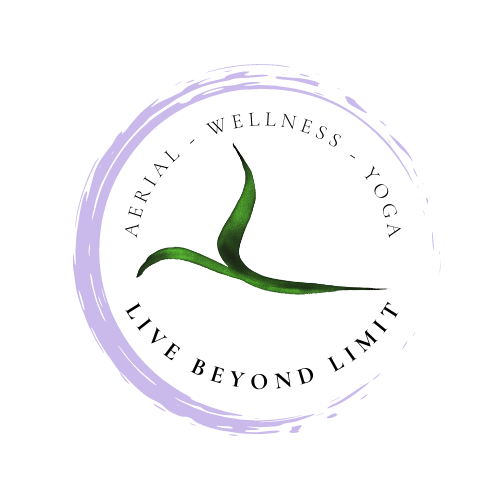Freedom comes from within.
Photo by Kelsey White
In past articles, we've explored Ahimsa and Satya, the first two yamas from the text "The Yoga Sutras". Today we'll discuss and take a look at asteya. Asteya is the practice of non-stealing. It is the respectful observance of sources that have contributed to your life or surround you in written, spoken, energetic, or situational exchange.
One way you can think of this practice as utilizing the academic use of bibliographies to ensure that you are giving proper credit to those who have introduced or developed the information that is presented to you in life. Another way is to respect the time and energy of yourself and those around you. Practicing asteya enables us to honor the community we come from and interact with in our lives, while simultaneously lifting each other up energetically instead of eroding the very forces that sustain and build us all.
Asteya, when practiced well, can physiologically affect individuals, including yourself. When we practice asteya, we are able to positively support brain chemistry including our serotonin and dopamine levels. These two chemicals are related to doing a good job and value or stature. The more we practice giving people the credit they deserve, the more we help elevate their level of self-worth, value, and appreciation and the less likely individuals will experience chemical imbalances that result in symptoms like depression, anxiety, and social fears.
Be aware of asteya in:
Photo by Mary Wrightson
- Your speech, writing, artwork/creations
- Use of imagery on social media
- Exchanges with teachers, professors
- Exchanges with friends, family and lovers
- Your own energy expenditures (thoughts, actions, emotions, words)
Ask yourself:
- Did I come up with this?
- Where did this (idea, thought, emotion, item, etc) come from?
- Am I living presently or focusing on past or future?
- Am I adding to, taking away from, or being neutral in this situation?
- Is there reciprocity in this situation or my day to day life?
- How can I give more credit to my wealth of knowledge or those around me?
- Do I know how to say no to others when it is depleting of my own energy?
Enjoy taking a deeper look within and starting to become aware of your patterns and habits. As always, if you need support or assistance in working with this topic and construct in your life, please contact us to set up an energy or coaching session with one of our professionals so you can live beyond limit and start living the life you'd like to live.










